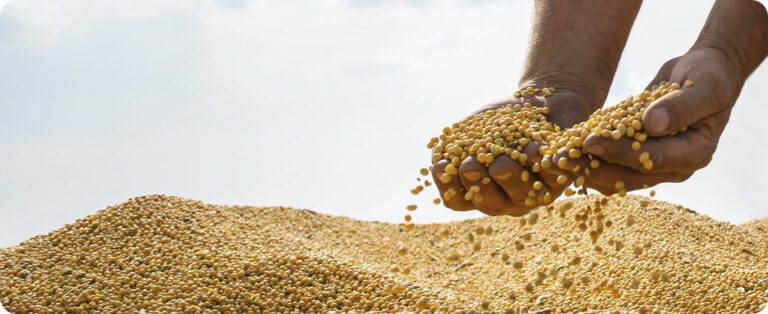The North region is ending the cocoa and rice harvest, and is preparing to start the bean harvest. At this time of year, the harvest of vegetables in general is also highlighted, as well as plantings of fruit trees, grains and cassava, mainly. The region, which is generally humid, is expected to experience heavy rainfall with the arrival of spring.
In the case of beans, the highlight is the harvest of the cowpea species. Of African origin, it is also known as macassar beans and, more popularly, as string beans. “We have the Bragantina region in Pará, which is an area that traditionally grows cowpeas”, says the technical coordinator of Emater-PA, Paulo Lobato. “It is a bean for regional consumption but has been exported a lot”, he says. Cowpea is very present in the cuisine of the North and Northeast of the country. It is preferred when preparing baião de Dois, a typical dish from the region.
The vegetable harvest includes cabbage, green chives (parsley, chives and coriander), lettuce and jambu. “The most harvested vegetable now is jambu. With the Círio de Nazaré festival in October, the demand for it is very high”, explains Paulo Lobato.
Jambu is widely used in Amazonian cuisine and is famous for causing slight numbness in the mouth. The cultivation system is traditional, with water, sun and fertilizer. The vegetable is showy, has many leaves and reaches up to 30 centimeters in height. It is used to prepare typical recipes, such as duck with tucupi and tacacá.
Technical assistance
For family farmers who are preparing to take advantage of the rainy season and plant, Paulo Lobato gives some guidance. Among which, the importance of monitoring by a Technical Assistance and Rural Extension agent stands out, who can carry out a diagnosis of the production unit. “It is necessary to identify, among other things, the potential and limitations of the property and, from there, work together with the family to plan activities, including identifying the need for rural credit”, says the agronomist.
“It is necessary to assess the family's labor capacity, production conditions, the market for the products already worked and for those that one wishes to work on, production flow conditions and the family's debt capacity, if it has to access financing via Pronaf”, he adds.
He says that soil preparation must be done at the first rain, to avoid excess moisture, which makes the soil “heavier”, increasing the tractor's fuel consumption, as well as compromising the quality of the work. “For more clayey soils, you must work in the most superficial layer, just to turn the earth over and facilitate planting, especially in the case of lowland rice”, he highlights. “In the case of very acidic soils, limestone must be incorporated during plowing and harrowing, in order to minimize costs and help neutralize acidity”, explains Paulo Lobato.
Source: Portal of the Ministry of Agrarian Development












